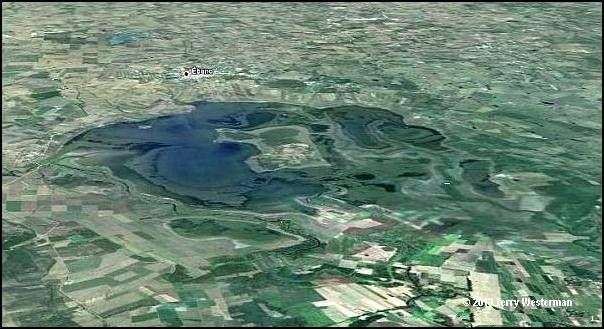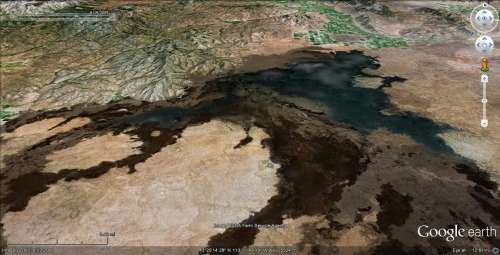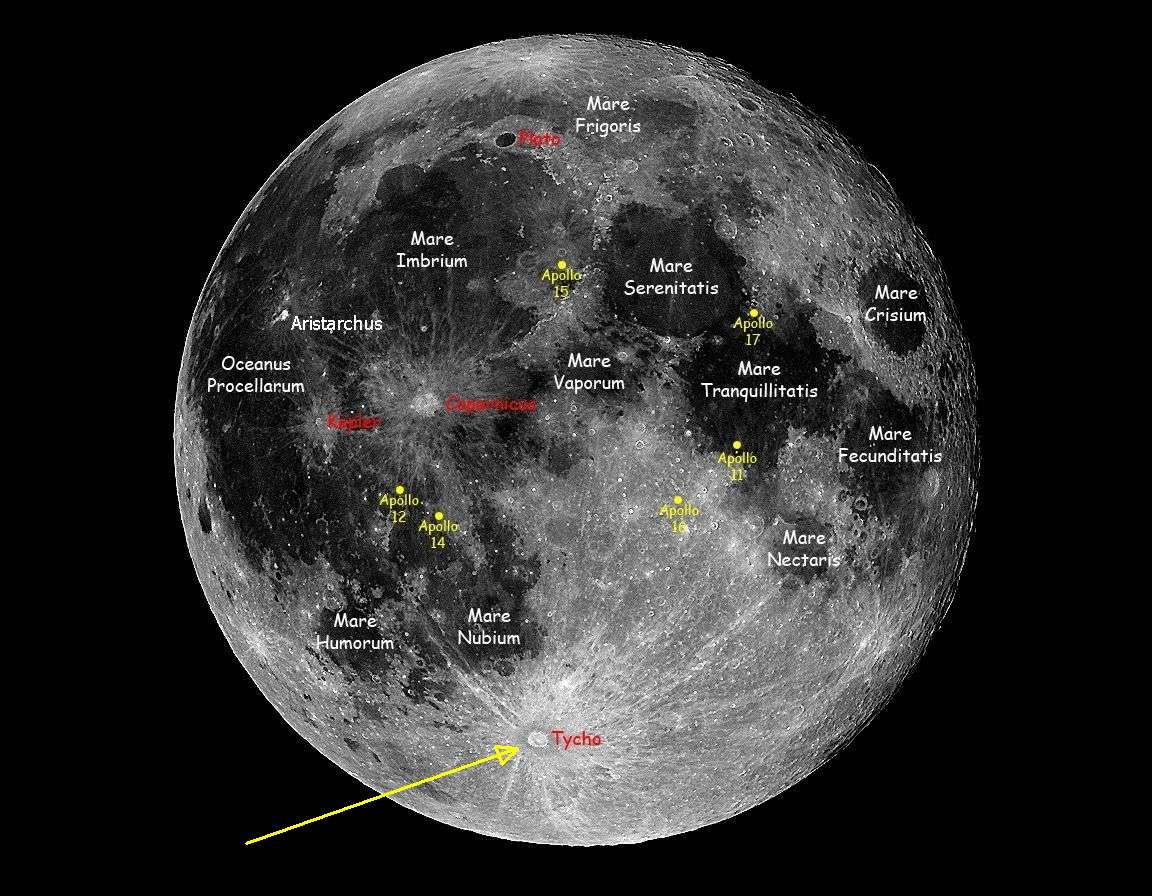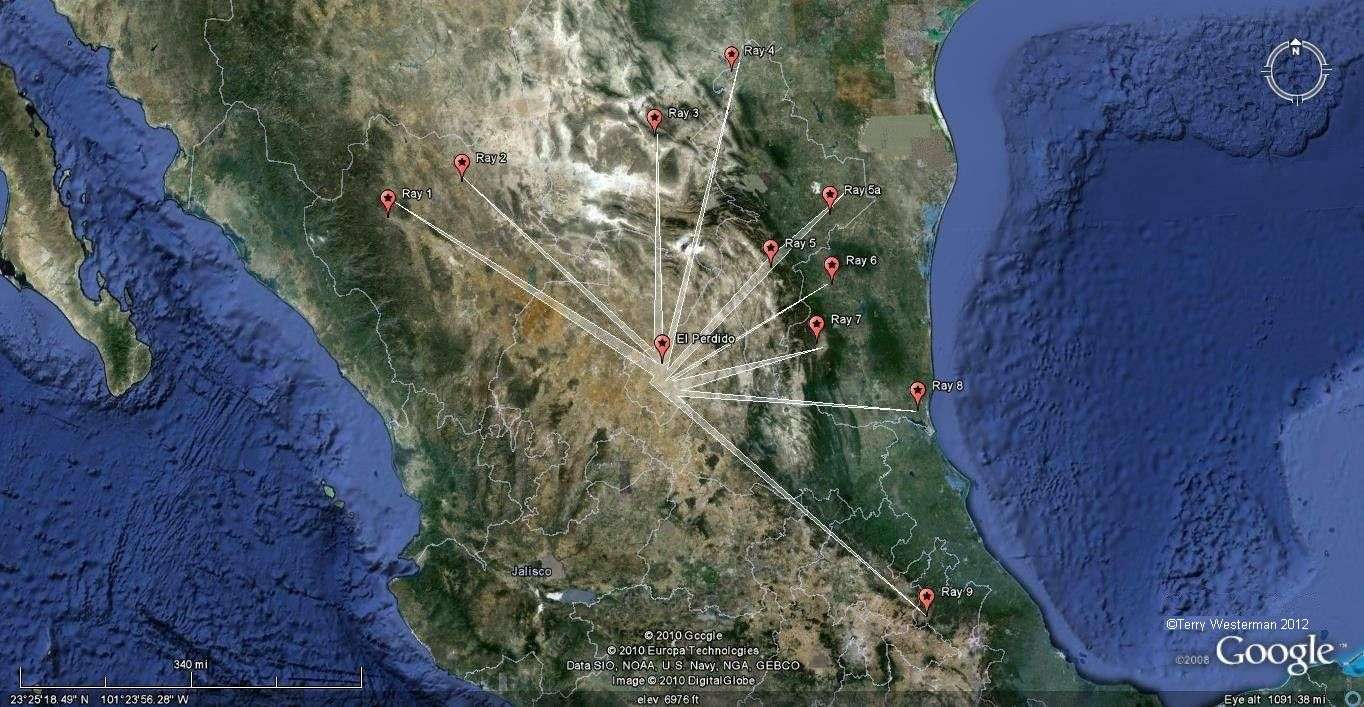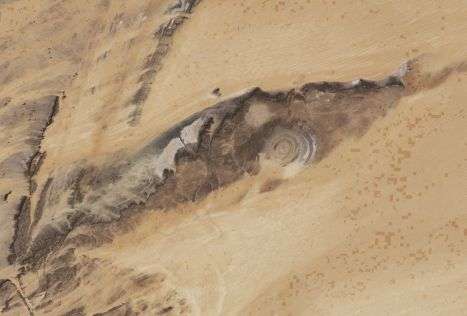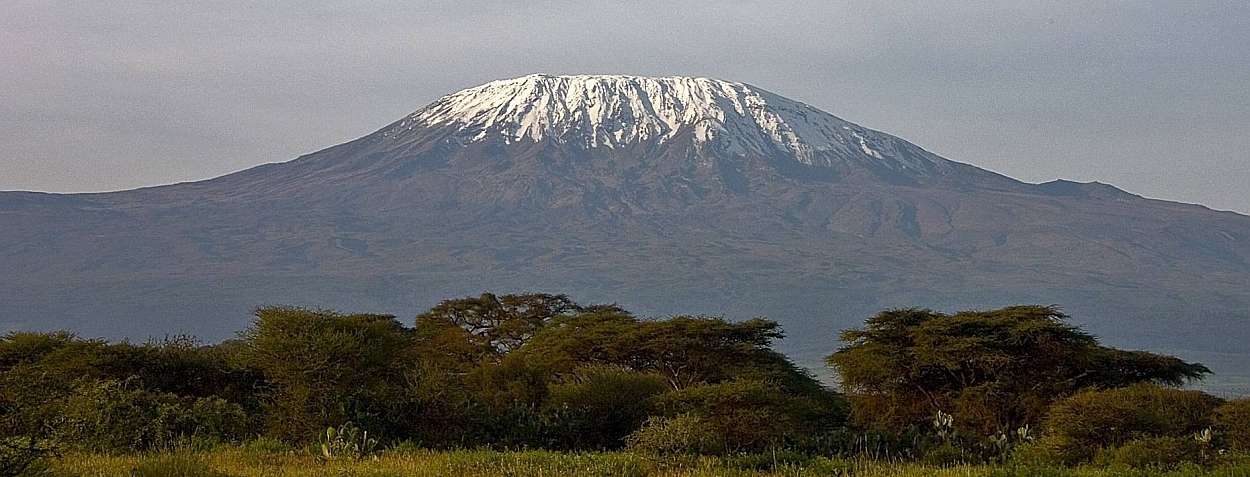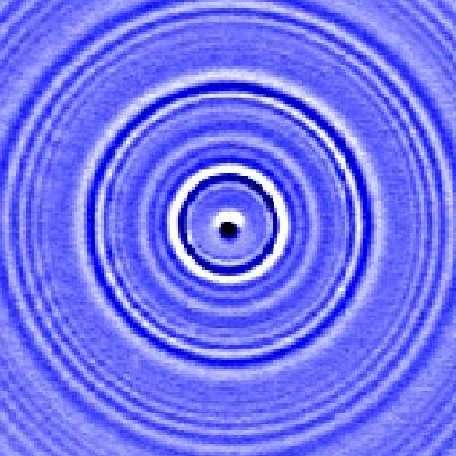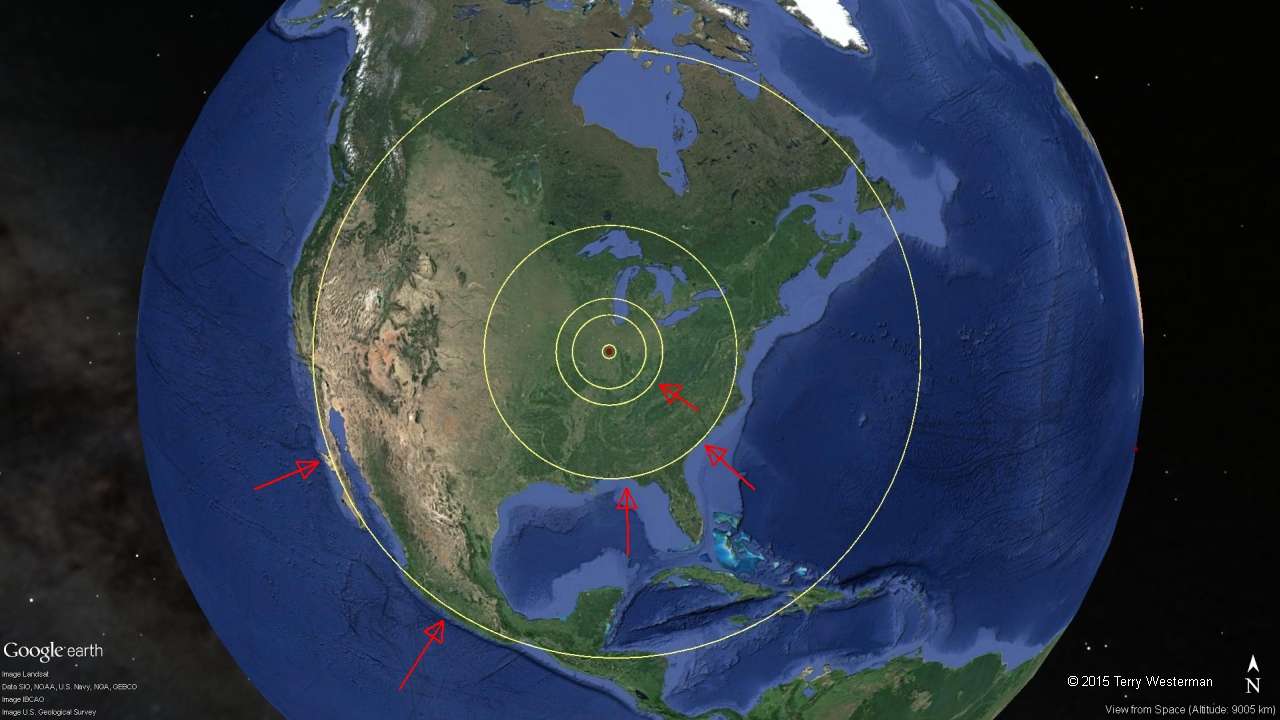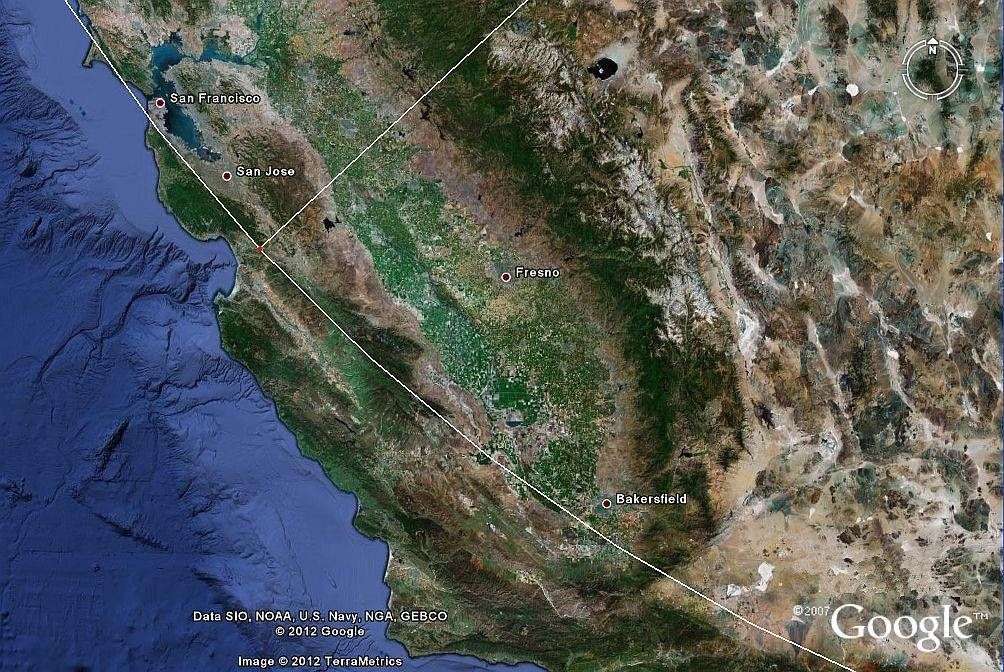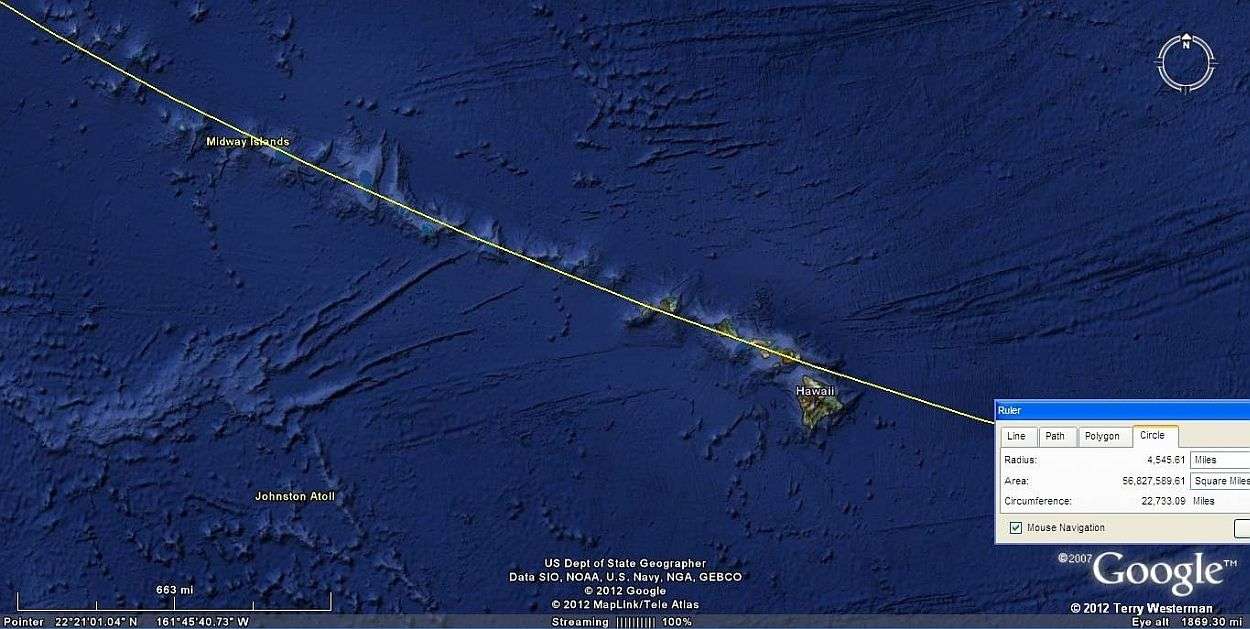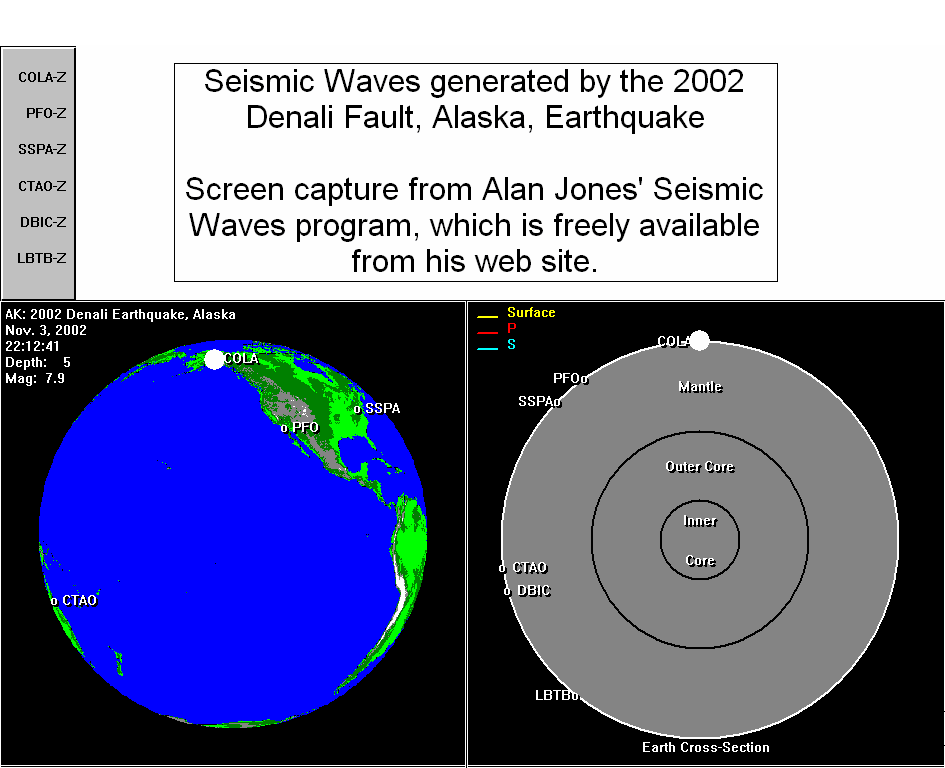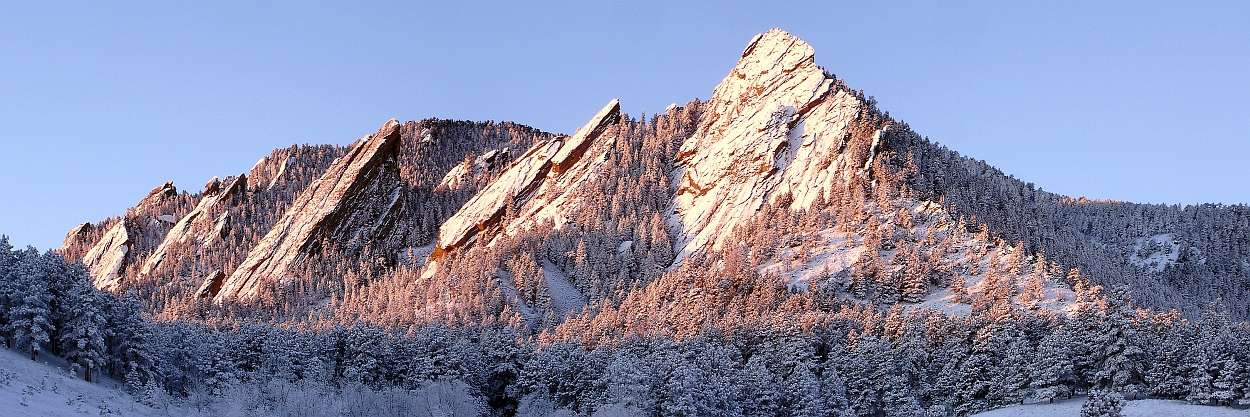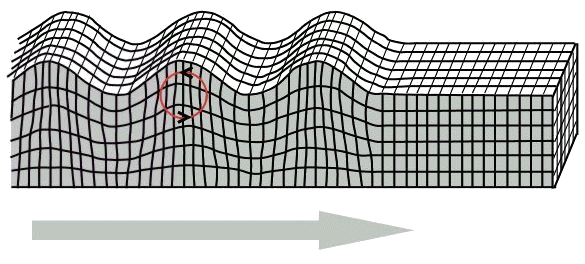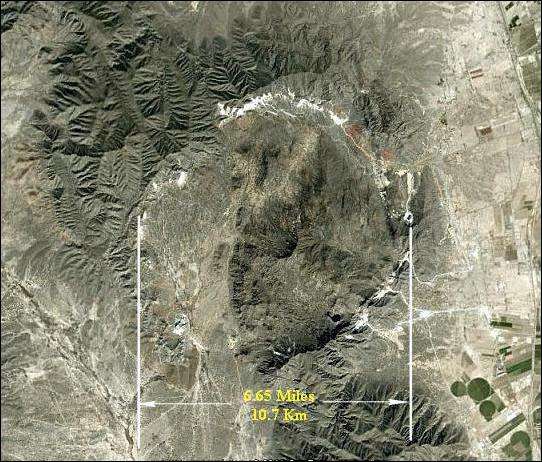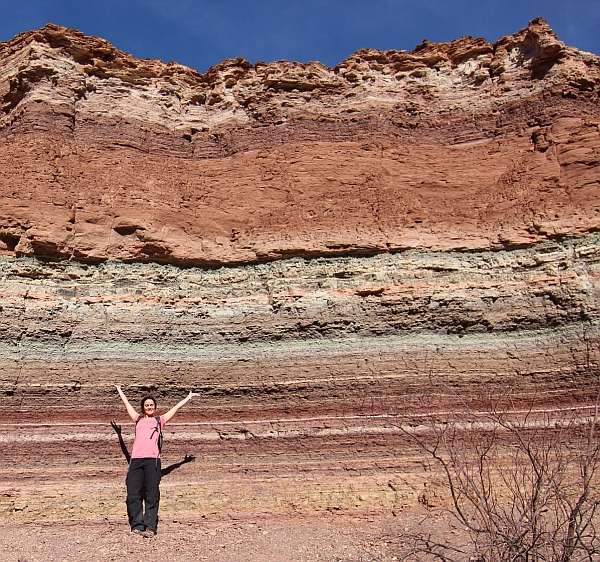
TheHimalayan Mountainsform part of a perfect circle, the results of the seismic wave from a meteor impact in the center of Asia. The meteor was probably larger than 230 miles (370 km) in diameter. The Tibetan Plateau is what remains of it.
Introduction
This is about the meteors, asteroids and comets that bombarded the Earth over the last billion years or so, how those impacts created our geography, and then how man has used those land forms.
What drove me on this research is the increasing exactness in which these discoveries were made.
As a child, my family would take excursions in the car, to see the country and what was there. To keep me occupied, my Mother would give me the map, and she showed me how the different lines and symbols meant different things. From that, I learned to read and understand the maps, and this set me on a course of my life that I would read and collect all the maps that I could find of the area where I was, because they gave me a better understanding of the world around me.
In my mid 20's I was living in the State of Oregon and I came across a map of Oregon that was hand drawn, but done so to a very high degree. As I studied it, I found what looked like a large meteor crater in the southeastern part of the State. Comparing that to other maps I had, I could only get rough 'Maybes' from them for confirmations of the idea. Then one day I ran into a much older man, a professional geologist (whose name is long ago gone), who I thought would have some insight into this, and I queried him on the idea. His response was that there were no meteor craters on the Earth, and the reason it looked like one to me was because the map was hand drawn.
That didn't answer my curiosity in the way I wanted to hear, but at the time there were no other sources of information available. And it stayed that way until Google Earth came along. Using that I found my childhood home, where I kissed my high school sweetheart, and a number of other such things, and then I remembered that map! "Is that possible?", I said to myself. So I went to Oregon on Google Earth and looked, and there it was, plain as day. And then - there was another one.... and another and soon I had circles that described nearly every geographic feature of those high desert plains

That started a journey of discovery. From there I started to see how the land was formed, over and over again there were circles, just like on the Moon. Yes, they were eroded, covered with vegetation or farmed over for many years, even centuries, but the main features were there. These impact circles formed the mountains, the rivers, the coastlines and more, all over the world. Then after a time, I started to see that many of these impacts left not just one circle, but a series of circles, concentric circles around them, seismic circles. And, I was increasingly amazed at how these circles expanded over vast distances, forming the geography of places hundreds and sometimes thousands of miles away from the impact.
Then I started to see how man has been using the land forms created by these seismic circles, and so the research continues.
While much of this work is here simply to demonstrate why our world is as it is, it is also here to provide evidence of the impacts, and how the Earth was formed.
Hopefully some will use these studies as a template, and begin a search for discoveries of your own. There is still much to be done. And when you see those geographical features falling exactly on that perfect circle, you will say as I did "No Way!", "Are you serious?", "That's incredible!" Then by studying more of the evidence you will see that, Yes, it is serious. Yes, it is incredible. Our world did came to be by Catastrophic Impact, and the remains of those impacts, those Seismic Circles, are what formed the geography we have today.
Forward
This work is based on the works of:
Google
Earth
NASA - National Aeronautics and Space Administration
Cnes/Spot Image - Centre National d'Etudes Spatiales the French
government space agency
Data SIO - the Scripps Institution of Oceanography,
University of California San Diego
NOAA - National Oceanic and Atmospheric Administration
U. S. Navy
NGA - National Geospatial-Intelligence Agency
GEBCO - General Bathymetric Chart of the Oceans
U. S. Department of State Geographer
U. S. Geological Survey
Geo Eye
MapLink
Tele Atlas
Terrametrics
GeoBasis -DE/BKG
Europa Technologies
GIS Innovatsia
ORION-ME
DigitalGlobe
Basarsoft
European Space Imaging
Province of British Columbia
Mapabc.org
Whereis Sensis
Pty Ltd
Inav/Geosistemas SRL
ZENRIN
SK Energy
Kingway Ltd.
INEGI
Texas Orthoimagery Program
USDA Farm Services Agency
GIS Innovatsia
Mapabc.org
And other organizations as noted on the images.
These people have put together the best of the imagery of our Earth so
that we can see and study our world in a way that was not possible
before.
They have created the tools which allow us a new understanding of the
world we live in.
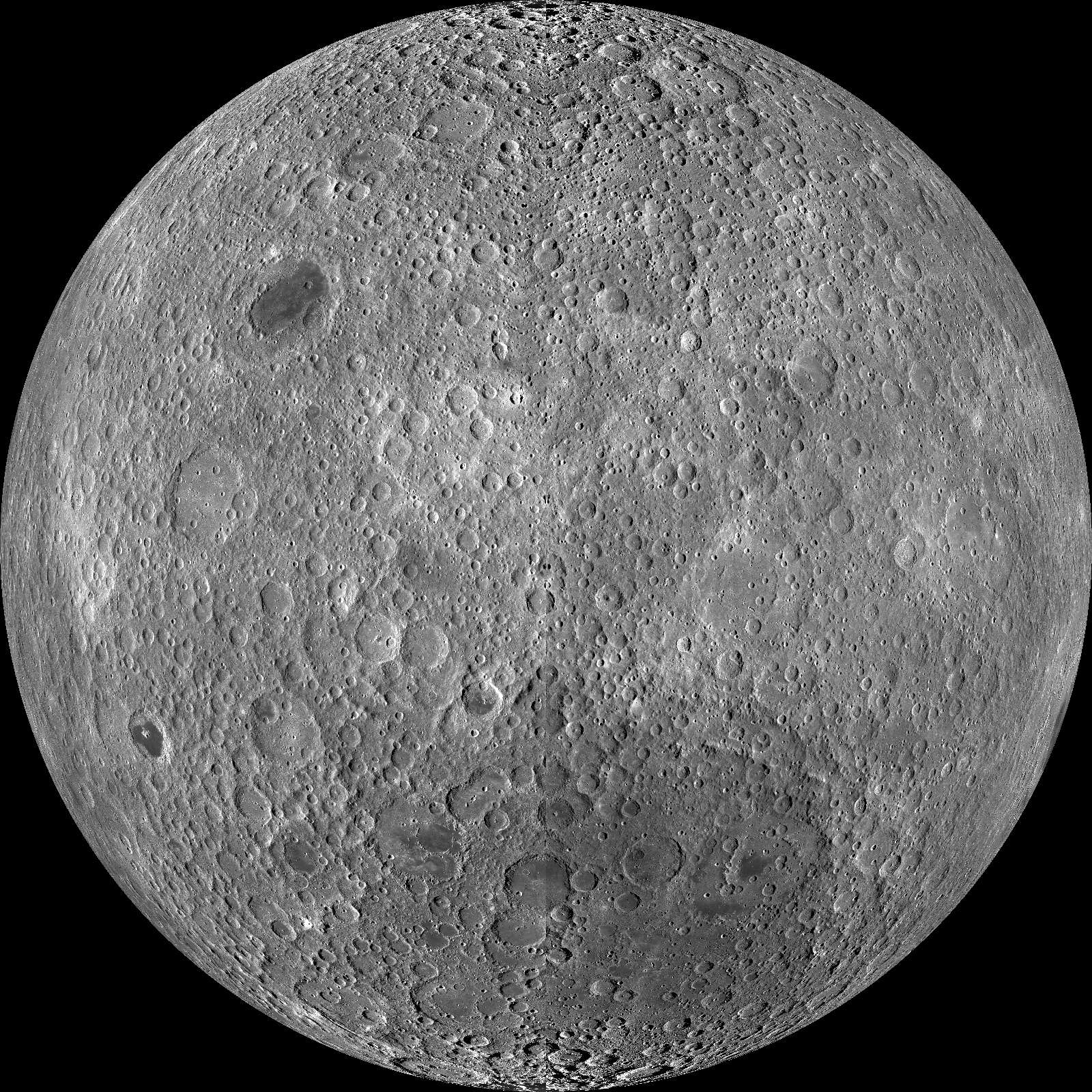
Until recently all of our observations of the Earth were made on the ground. Geographers measure the surface of the Earth and plot their findings on paper, drawing maps of all sorts. While these maps are necessary and useful, using them as a basis for the Earth sciences today is problematic. Maps are drawings of what we understand to be there, rather than the real thing, and the various projections used to draw the surface of a nearly spherical Earth on a flat sheet of paper distorts the dimensions, or cuts the geography into pieces, leading sometimes to questionable conclusions.
Then came aerial surveys, photography from five or six miles up. From these are drawn maps of excellent quality which are good for property analysis, roads and land use planning. But even with these we cannot see enough of our planet to get a good look at it, as many of the features of our Earth are 10s or 100s or 1,000s of miles across.
Geologists searching the ground use microscopes, gas chromatography, radiation, spectral analysis or other means to analyze what they found on or near the surface. Sometimes they find shatter cones, microscopic diamonds or iridium layers and this is evidence that a meteor impacted the Earth there. This evidence is then compared with other findings to confirm the impact.
This seems to work for smaller impacts,
but
the larger ones are beyond the scale of these methods. To examine
meteor impact of ten miles in diameter, which is very small
in cosmic terms, on these basis would be a daunting task, let alone the
problem of actually recognizing the impact from the ground or even from
aerial surveys.
To understand our Earth, we need to see it as the sphere that it is, and we need to be able to see it at distances where the geographic features can be seen in their entirety, and in relation to the surrounding area. And, we need views that are as free of clouds as possible. Satellite imagery is the only way to do this.
Google Earth has made this possible. They have assembled the imagery of a myriad of organizations and companies, which have been filled with an untold number of highly skilled scientific people, all with the quest to understand our Earth better. They have provided us with a tool from which we can see our entire planet in its' entirety, down to fine geographic detail. With this new tool comes new understandings of our Earth.
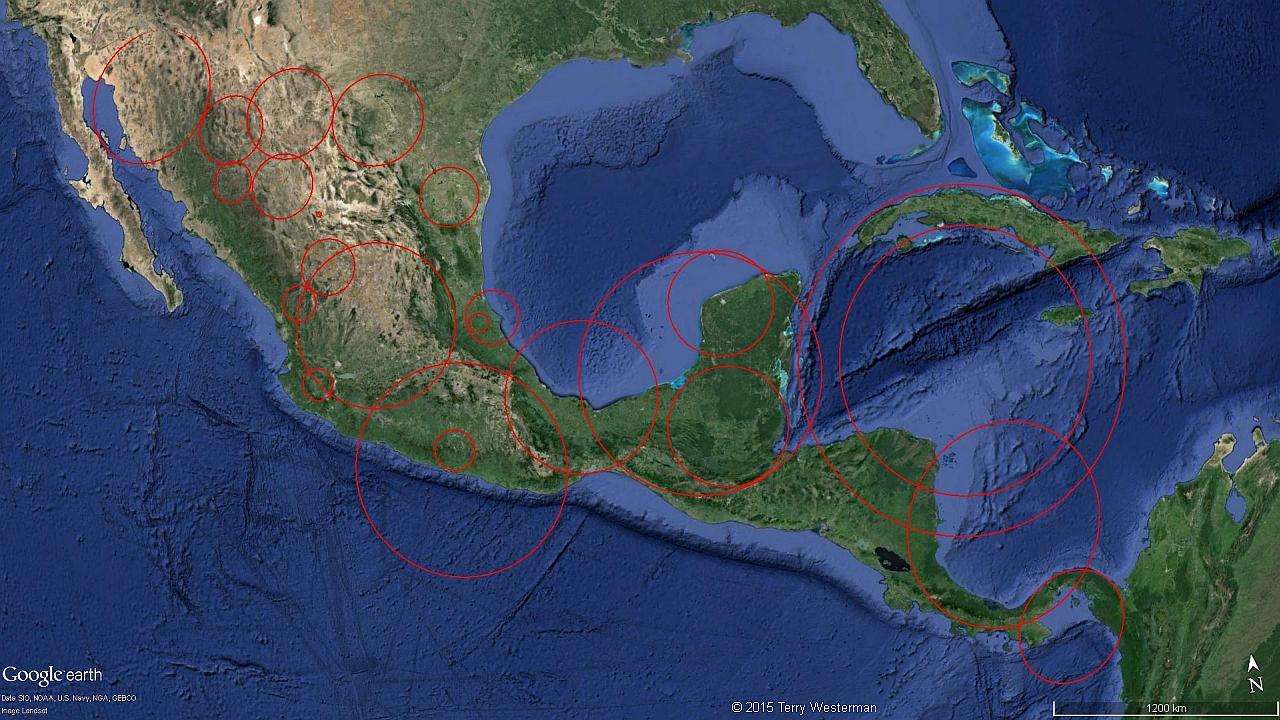 The above image of Central America
shows numerous circles, each one encompassing a meteor impact site. If
you study these circles, the impacts should become apparent. These are
the most obvious, others could be noted.This image is linked to a
larger image for more detail. The Earth is covered with impacts such as
these, some larger, many smaller. Once your eye becomes tuned to seeing
them, you will find them everywhere.
The above image of Central America
shows numerous circles, each one encompassing a meteor impact site. If
you study these circles, the impacts should become apparent. These are
the most obvious, others could be noted.This image is linked to a
larger image for more detail. The Earth is covered with impacts such as
these, some larger, many smaller. Once your eye becomes tuned to seeing
them, you will find them everywhere.

India was hit by many meteors The red spots in the image above denote the center of impact for some of the larger ones. Click on the image to investigate this farther.
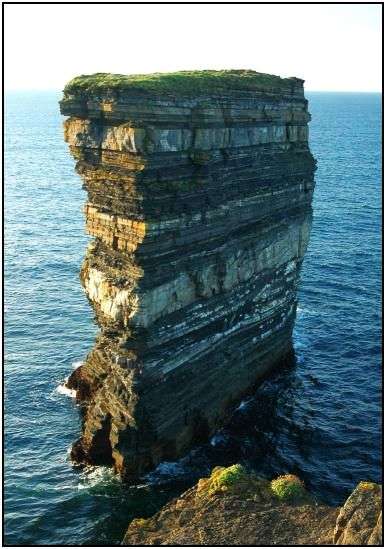 Our Earth was built
over billions of years by the bombardment of an untold number of
asteroids, meteors, comets, and extra terrestrial objects of all kinds,
shapes and sizes, just like the Moon, Mars, Venus and Mercury were.
These impacts created the form of our Earth, building it up layer by
layer, one impact after another. Gravity then pulls the Earth into a
nearly perfect sphere, and the rotation of the Earth causes a bit of a
bulge around the Equator. Then, with erosion from the atmosphere,
vegetation covering things over, glaciation, volcanoes and other
natural forces, we have what we have today.
Our Earth was built
over billions of years by the bombardment of an untold number of
asteroids, meteors, comets, and extra terrestrial objects of all kinds,
shapes and sizes, just like the Moon, Mars, Venus and Mercury were.
These impacts created the form of our Earth, building it up layer by
layer, one impact after another. Gravity then pulls the Earth into a
nearly perfect sphere, and the rotation of the Earth causes a bit of a
bulge around the Equator. Then, with erosion from the atmosphere,
vegetation covering things over, glaciation, volcanoes and other
natural forces, we have what we have today.
